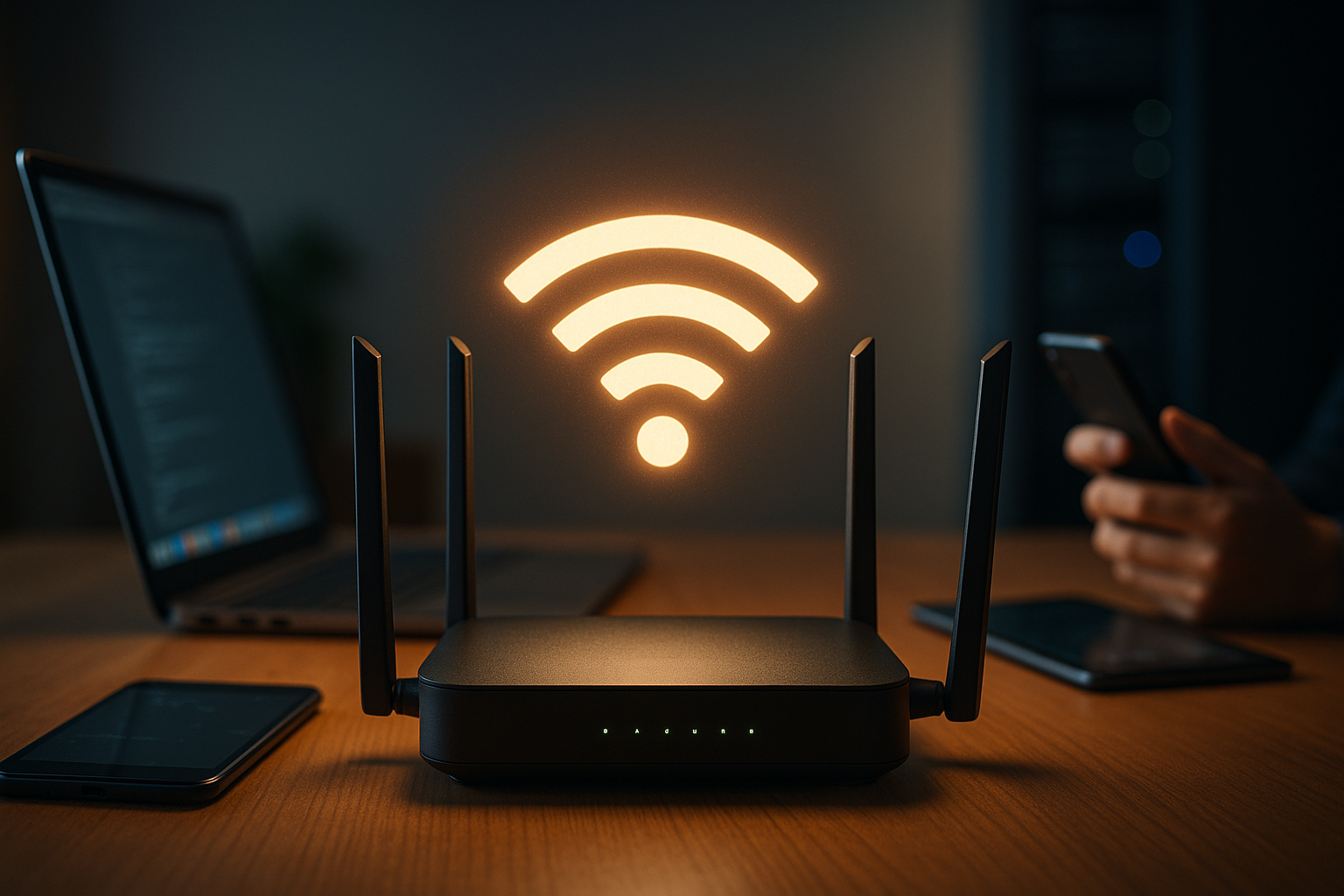Low-Cost Internet Plans and Government Assistance Programs for Seniors in the United States in 2025: A Comprehensive Guide
Nearly one-third of U.S. seniors struggle to afford reliable internet. In 2025, staying connected is vital for social ties, telehealth, and accessing services. This guide explains affordable plans and government or local support to help seniors stay online affordably.

Why Affordable Internet Access Matters for Seniors
Internet connectivity provides seniors with far more than just casual browsing opportunities. It encourages social interaction via video chats and social platforms, alleviates loneliness, supports mental stimulation through access to news and learning materials, and improves safety by enabling emergency alerts and telemedicine access. However, fixed incomes and budget constraints frequently make internet fees unaffordable for many older adults.
Federal Support Continues: The Lifeline Program
As of 2025, the Federal Communications Commission’s (FCC) Lifeline program continues to serve as a foundational assistance resource, offering eligible low-income seniors monthly discounts on broadband and phone services. Qualification is based on income—usually at or below 135% of the federal poverty guideline—or participation in aid programs such as Supplemental Nutrition Assistance Program (SNAP), Supplemental Security Income (SSI), or Medicaid.
Applications go through the Lifeline National Verifier, and upon approval, seniors can significantly reduce monthly internet bills, facilitating stable, ongoing online access.
The Affordable Connectivity Program’s Conclusion and Its Effects
The Affordable Connectivity Program (ACP), which had been highly favored among low-income families for offering monthly internet discounts and device subsidies, concluded in mid-2024 following funding expiration. This program allowed eligible seniors discounts up to $30 monthly, often combined with providers’ promotional offers.
In 2025, those seniors who previously benefited from ACP need to seek alternative support such as the Lifeline program, provider-specific discounts, or state and local initiatives to maintain affordable internet.
Internet Plans Tailored for Seniors in 2025 by Providers
Several leading internet providers have introduced plans in 2025 crafted to meet seniors’ needs. These offerings aim to balance cost-effectiveness, user-friendliness, and suitable speeds for typical activities like streaming, video calls, and telehealth appointments. Common plan features include simplified billing, senior-specific customer support lines, and flexible terms without long-term contracts.
Examples include:
- Budget-friendly entry-level plans to mid-range speed packages sufficient for telehealth and entertainment.
- Bundled options that combine internet with phone or TV, sometimes adding useful features like medical alert services or easy-to-use controls.
- Age-based discounts available through provider partnerships or membership groups.
Prices and availability differ regionally and by provider, but affordable senior internet plans generally fall between $10 and $40 per month, offering speeds adequate for common online needs.
Advantages of Service Bundling for Seniors
Combining internet service with other home communication options, such as landline phone or cable TV, can yield monthly savings in the range of 20% to 30%. Some bundles also offer features and conveniences specially designed for seniors that single services might lack.
Prospective customers should carefully review bundle details to ensure they fit their usage patterns and financial plans.
Nonprofit Groups Supporting Seniors to Overcome the Digital Gap
Beyond government programs and commercial providers, certain nonprofit entities aid seniors by providing affordable internet access, digital devices, and training in technology use:
- EveryoneOn helps low-income seniors find discounted internet services and offers courses to build digital skills and confidence.
- PCs for People supplies refurbished computers with warranties along with low-cost internet options targeted at qualifying low-income families, often benefiting seniors.
Eligibility typically depends on income or enrollment in specified assistance programs. These nonprofits play a key role in helping seniors break down barriers to digital inclusion.
Provider-Based Low-Income Plans Complement Government Aid
Many internet providers have their own discount schemes for low-income users, including seniors. While details and eligibility vary, offerings commonly include:
- Reduced monthly fees on selected internet plans.
- Affordable broadband packages often bundled with added customer support.
- Initiatives focused on underserved communities or individuals with disabilities.
Seniors should contact providers directly or access official websites to confirm current options based on their location and qualifications.
Essential Factors Seniors Should Consider When Choosing an Internet Plan
When picking an internet service, seniors need to look beyond cost and assess:
- Dependability: A stable connection is vital, particularly for telehealth and emergencies.
- Customer Service: Availability of senior-friendly support lines and help with installation enhances the user experience.
- Contract Flexibility: Plans with no or short-term contracts offer more freedom.
- Security Measures: Strong protection against scams and cyber threats is crucial for older users.
Keeping these elements in mind will help seniors select plans that provide both value and peace of mind.
State and Local Resources Broadening Internet Access
Numerous state and community programs supplement federal efforts to make internet affordable for seniors. Libraries, community centers, and Area Agencies on Aging often offer free or low-cost Wi-Fi hotspots, digital literacy workshops, and information about local subsidy programs.
Seniors are encouraged to explore these regional resources and connect with local organizations for the fullest benefit.
Digital Literacy Initiatives Empowering Seniors in 2025
Internet access alone doesn’t guarantee effective use. Digital literacy programs targeted at seniors teach essential skills such as browsing the web, using video chat tools, and recognizing phishing and other scams. Boosting these competencies strengthens safety and confidence, enhancing life quality.
Nonprofits, libraries, and local governments frequently offer such training, helping seniors integrate technology into daily routines.
Disclaimer
The prices, availability, and specific plan details cited in this article represent general estimates and may fluctuate based on area, provider, and promotions. Readers should verify current information with internet providers or local assistance entities.
Sources
- Federal Communications Commission (FCC): https://www.fcc.gov
- EveryoneOn Nonprofit Organization: https://www.everyoneon.org
- PCs for People: https://www.pcsforpeople.org
- ElderLife Financial Resources: https://www.elderlifefinancial.com/resources/free-and-low-cost-internet-for-seniors/
- DailyCaring: https://dailycaring.com/7-sources-of-low-cost-internet-for-seniors/




